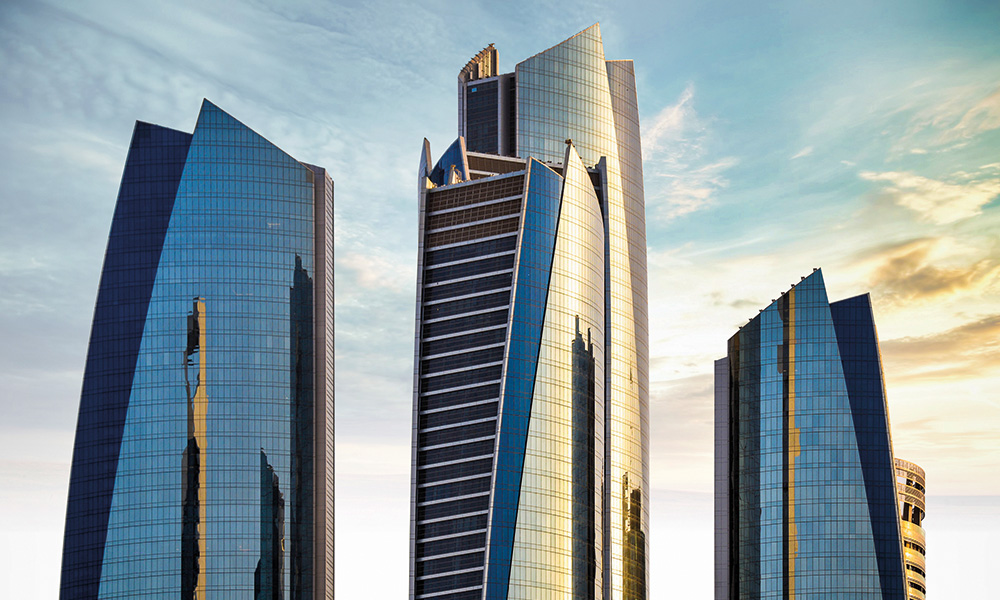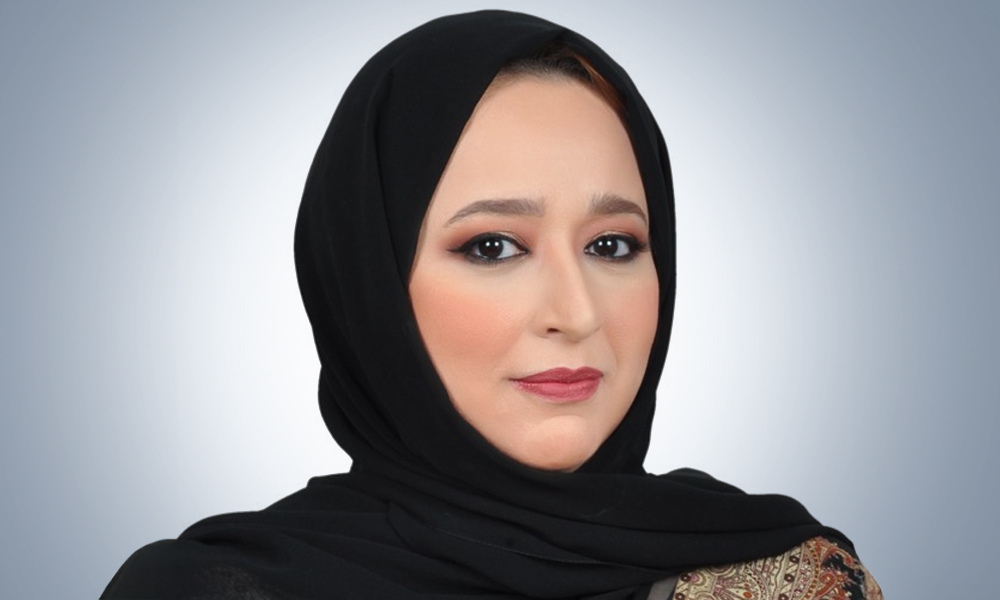Today, the Middle East is renowned for its high-rise construction, home to some of the world’s most iconic and tallest buildings. From the exquisite Burj Khalifa in Dubai standing at 830m, to the upcoming Jeddah Tower in Saudi Arabia set to soar one kilometer high, these skyscrapers not only represent architectural ambition but also highlight the region’s economic growth and modernisation. However, as the skyline continues to ascend, ensuring fire safety is becoming increasingly complex.
In a region characterised by extreme temperature, rapid urban growth, and diverse regulatory landscapes, fire safety practices are evolving to meet new challenges. While advanced technologies and updated building codes play vital roles, the human element remains an essential aspect of fire of effective fire safety strategies in the Middle East. By enhancing training, awareness, and community engagement, the region can continue to innovate and reinforce its focus on fire and life safety, ensuring that its progress is matched by a committed and skilled workforce and engaged public.
The regional context: A unique set of challenges
The Middle East requires a customised approach to fire safety. The region’s climate significantly influences both construction practices and fire risk management, especially for high-rise buildings. In Gulf countries, where summer temperatures often exceed 40-degrees Celsius (C), intense heat can alter the behavior of materials and heighten fire hazards. Moreover, the rapid population growth and swift urbanisation have resulted in densely packed cities, where high-rise buildings are closely clustered, amplifying the risk of fire spreading between structures.
Moreover, the Middle East’s wide range of high-rise buildings including luxury hotels, residential towers, and large commercial complexes, demands fire safety strategies that cater to their distinct uses and occupancy types. The mixed-use nature of many of these structures further complicates fire safety, as the strategies must address the varied risk profiles within a single building. The MENA region’s undeniable drive for safe and sustainable development presents a unique opportunity to learn from past tragedies, such as the Grenfell Tower fire, where external flammable cladding proved a deadly risk. By addressing this real threat prevalent throughout the region, we can ensure these tragic events are not repeated, advancing our shared commitment to safety and resilience in high-rise construction.
A holistic approach: Integrating technology and human factors
To tackle the distinctive fire safety challenges of high-rise buildings in the Middle East, it is essential to merge technological innovations with a focus on human factors. Technologies such as intelligent fire detection systems, automated suppression systems, and building information modeling (BIM) for fire safety planning, play a crucial role in enhancing high-rise safety. However, these technologies must be paired with robust fire safety management plans that focus on human factors, ensuring that all occupants are well-prepared and informed.

Moreover, regulatory frameworks across the region must evolve to reflect the importance of both technology and human empowerment in fire safety. Governments and industry leaders should work together to establish and enforce building codes that mandate not only the use of advanced fire safety technologies but also the implementation of comprehensive training and education programs for occupants and fire safety professionals.
The importance of human empowerment in fire safety
While advancements in technology and stringent building codes are crucial for enhancing fire safety, the role of human factors cannot be overstated. Effective fire safety relies on empowering individuals – both occupants and fire safety professionals, to respond swiftly and appropriately in the event of an emergency.
In the Middle East, where multiculturalism is a defining characteristic of urban population, fire safety education and training must be inclusive and accessible to all. Language barriers, cultural differences, and varying levels of awareness can impact the effectiveness of evacuation procedures and emergency responses. Therefore, it is essential to develop fire safety programs that are tailored to the diverse populations using these high-rise buildings.
Training programs should go beyond technical knowledge to also promote a culture of safety awareness. Key elements of a thorough fire safety plan include regular fire drills, effective communication strategies, and clear, accessible signage. Additionally, building management teams need to be skilled in leading and coordinating evacuation efforts, ensuring that all occupants understand their roles in an emergency.
Adopting the comprehensive NFPA Fire & Life Safety Ecosystem approach emphasises the need to combine technology, community involvement, and professional training to foster resilient environments. By utilising available resources and proven practices, stakeholders can effectively prioritise both technical and human elements in their fire safety strategies.
By emphasising these aspects, the region will enhance the expertise of professionals across the sector, leading to the adoption of higher standards and improving the industry’s ability to attract talent through investment in skilled personnel. This focus is particularly crucial, as a recent NFPA survey revealed that 14% of respondents had to decline projects due to a shortage of qualified professionals.
Lessons from the region
Several high-profile projects in the Middle East demonstrate the effective integration of technology and human factors in fire safety. For instance, the King Abdullah Financial District (KAFD) in Riyadh showcases advanced fire safety systems, including real-time fire risk monitoring, smoke management technologies, and advanced firestop materials and techniques designed to prevent or delay the spread of fire, smoke, and toxic gases. Equally important, KAFD prioritises human-centric safety measures by providing comprehensive training for building occupants and security personnel, ensuring they are well-prepared to manage emergencies.
Similarly, the Etihad Towers in Abu Dhabi has adopted a comprehensive approach to fire safety that combines cutting-edge technology with regular safety drills and occupant education programs. These initiatives have helped create a culture of safety awareness among residents and workers, significantly reducing the risks associated with high-rise living.
A call to action
As the Middle East continues to build higher and faster, the need for effective fire safety strategies has never been more critical. The future of fire safety in the region’s high-rise buildings lies in the seamless integration of advanced technologies with a strong emphasis on the human factor. By adopting a holistic approach that prioritises both aspects, the Middle East can ensure that its iconic skyscrapers are not only marvels of engineering but also bastions of safety for all who live and work within them.
It is imperative for stakeholders across the region including governments, developers, architects, and fire safety professionals, to collaborate in this endeavor. Together, we can develop and implement fire safety strategies that are not only effective but also inclusive, adaptable, and resilient. By doing so, the Middle East can continue to rise to new heights while safeguarding the lives of its people and the legacy of its architectural achievements.

